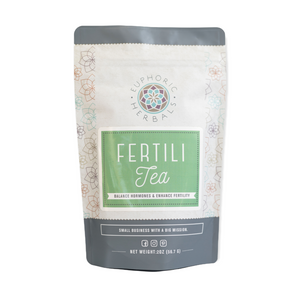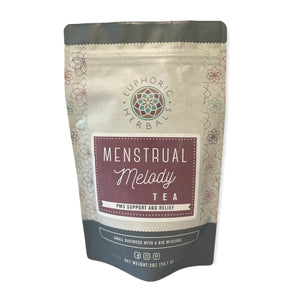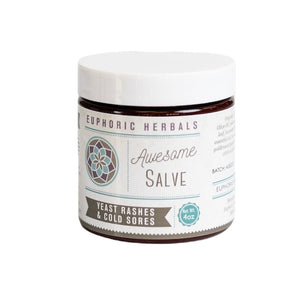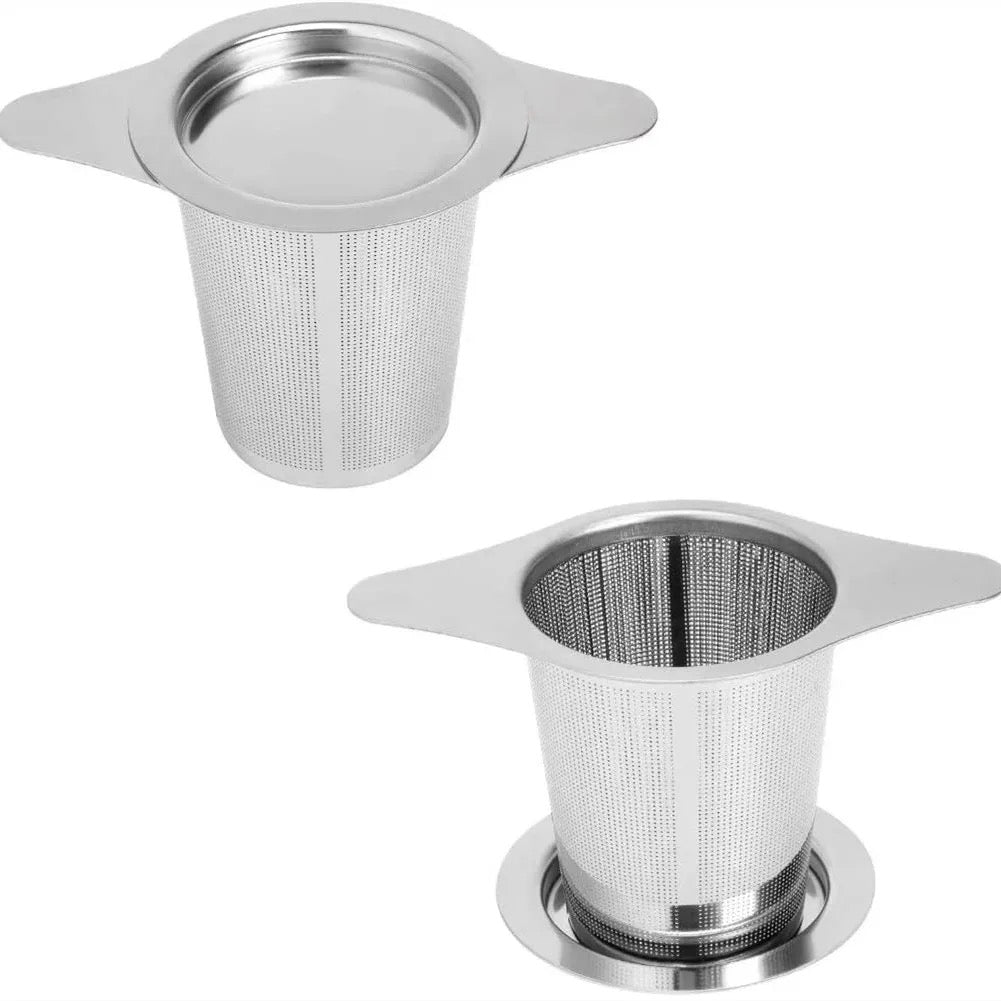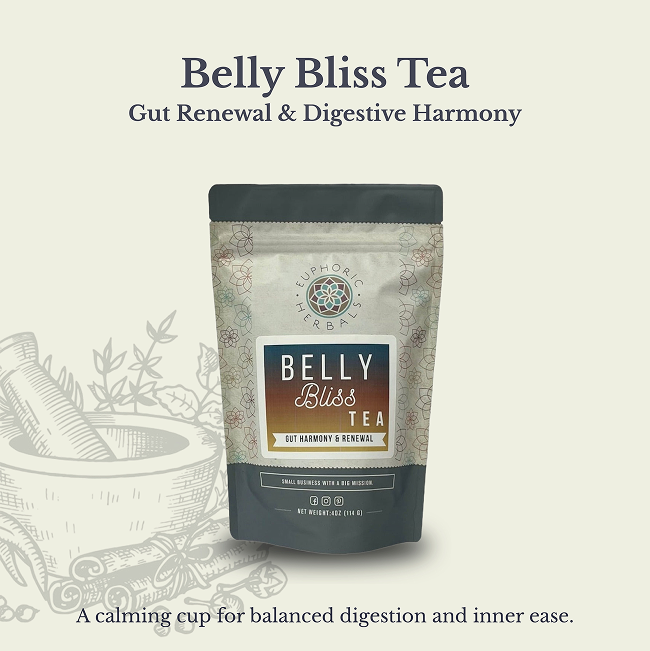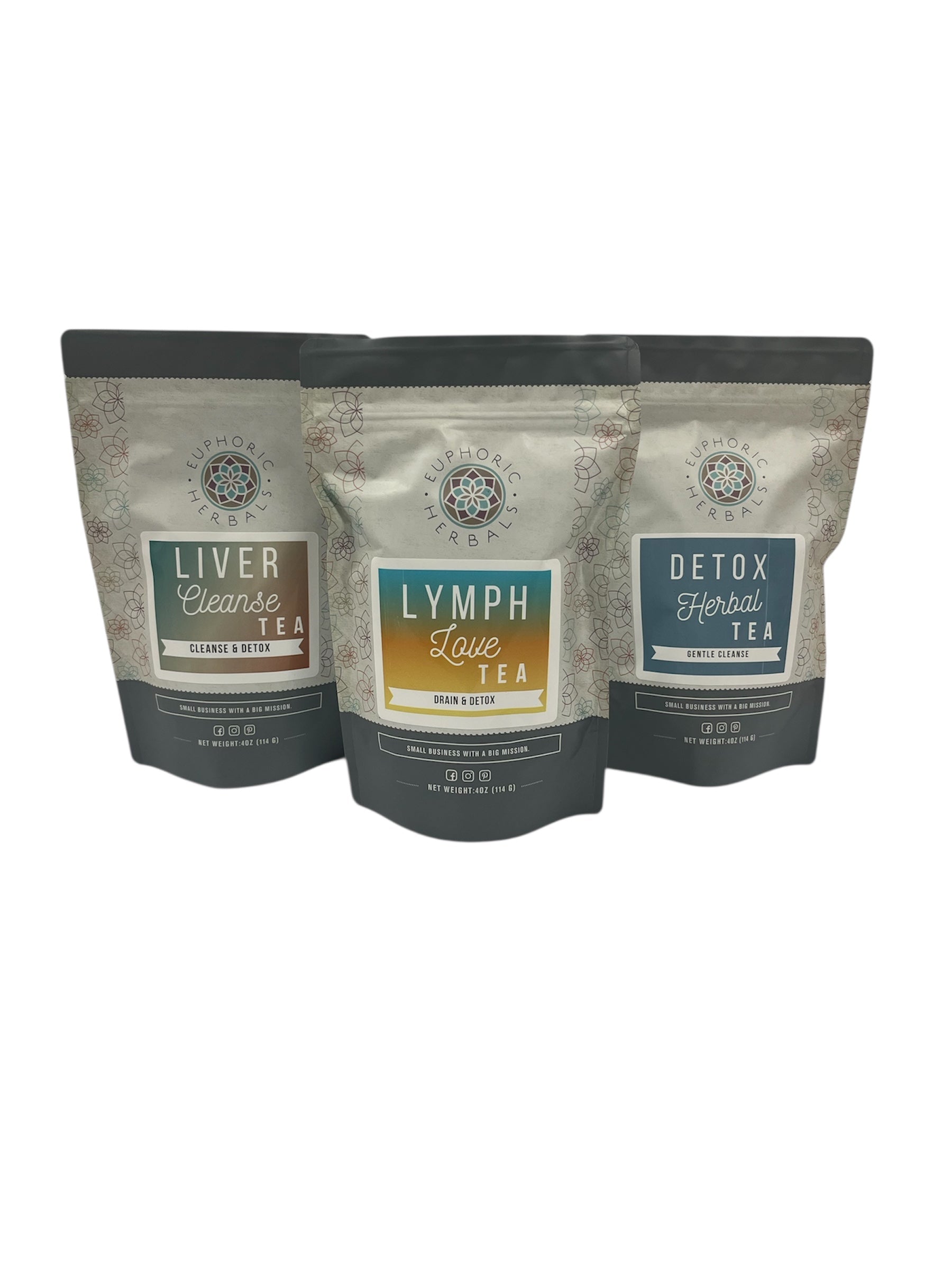What are Breastfeeding Tips for Nursing Your Baby?
You’ve probably seen moms breastfeeding, and they make it look effortless. Without missing a beat of the conversation or eating their lunch, they can open the button on the shirt and bra, latch the baby on, and make it seem like the most natural thing in the world. While the source of the nourishment is natural, nursing skills, especially for new parents and their babies, isn’t usually natural at all, at least at first.
Whether your first time was easy, a struggle, or something in between, you can still learn plenty. The more you understand about techniques (positioning your baby), mechanics (is your baby getting enough milk?), and logistics (when is a feeding completed and when does your baby need another feeding?), the more empowered and confident you will feel.
Once you get past the trial-and-error days or find the most appropriate methods for you, breastfeeding can be one of the most rewarding features of motherhood. Breastfeeding also provides many benefits for your baby and you, which can give you both a head-start on a healthier future.
Breastfeeding 101
This quick mini-course gives you plenty of information on the basics, which can help you learn more about the process and be ready for it.
When Does Milk Comes In?
Your breast milk is going to arrive in three stages, and they are designed by nature based on your baby’s age and needs, which makes it the best source of food from the first day through to weaning years:
- Colostrum: After the delivery, your milk hasn’t arrived yet. The thin, yellow/clear substance that is produced is called colostrum, which is the same substance that leaked out of the breasts during your pregnancy. It’s a vital blend of vitamins, proteins, and minerals, which can help your baby defend itself against viruses and bacteria and might stimulate your baby into producing antibodies. It can coat the baby’s intestines, which protects their fragile immune system, but it can also protect against digestive upset and allergies. It can also stimulate your baby’s first bowel movement and reduces the risk of jaundice. You probably won’t make much colostrum, but your baby won’t need more than what you can produce per feeding in the early days. Allowing your baby to suckle regularly from the beginning stimulates your body so that it can produce the next milk stage in a few days’ time.
- Transitional Milk: Once you’ve produced colostrum, the next thing your body produces is transitional milk. It resembles orange juice mixed with milk, but your baby will enjoy the taste more than a mixture of OJ and milk. This is how your milk appears when it first comes through. It has lower levels of protein and immunoglobulins than colostrum but does have more calories, fat, and lactose.
- Mature Milk: Mature milk comes about 10 days to two weeks postpartum, and is going to be white and thin, though it can be slightly bluish in color). While it looks like a watered-down version of skim milk, it has all the nutrients and fat that your growing baby needs.
How do I Latch My Baby on the Breast?
It might take a few tries before you find the most appropriate position for you and your baby, but it is important that you keep trying.
You need to know what a good latch is since latching incorrectly is one of the most common causes of breast discomfort. Your baby’s mouth should cover the areola and nipple, allowing the baby’s tongue, lips, and mouth to massage the milk out of the glands. Suckling on just the nipple will leave the baby hungry because the milk-secreting glands aren’t compressed, but it can also make your nipples cracked and sore.
Here’s how to ensure a proper latch:
- Hold the baby so that he or she face your breasts, with the front of the body facing yours and your tummy and the baby’s tummy pressing together. The head should be in line with the body and not turned, which helps make it easier to swallow.
- Tickle the baby’s lip with your nipple so that the baby is encouraged to open as wide as possible, similar to a yawn. If the baby doesn’t open up, you can try squeezing the colostrum or milk onto the baby’s lips.
- If the baby turns away, you can stroke the cheek with your finger on the side nearest to the breast. This causes the rooting reflex to take hold, making your baby turn its head toward you.
- Bring your baby forward toward the breast once his or her mouth is open widely. Don’t push the breast into the baby’s mouth by leaning forward; let your baby make the first move. Hold the breast firmly until your baby has a firm enough grasp and can suckle well.
- You know you have a proper latch when your baby’s chin and tip of the nose are touching the breast. The baby’s lips will flare outward, similar to fish lips, instead of being tucked in. Make sure that your baby isn’t just sucking on their tongue or lower lip (newborns will suck on anything); stop this action by gently pulling the lower lip downward while nursing.
- Watch for suckling and not just sucking. Make sure the baby is extracting breastmilk or colostrum from the breast and not just gumming on the nipple. You’ll notice a strong and steady suck-swallow-breathe pattern if the baby is suckling well. You’ll also notice rhythmic motions in the baby’s ear, jaw, and cheek. The ear will have a slight "wiggle" to eat when latched and nursing well. Once milk comes in, you should listen for any gulping or swallowing sounds, as well as clicking noises. These might be indicators that your baby isn’t latched correctly.
Is your baby having trouble latching? If your baby still isn’t latching on right after taking these steps, you can break the suction gently by inserting a clean finger in the corner of the baby’s mouth or press on the breast near their mouth. You can try the lip tickling technique again to help the baby latch on again – this time, correctly so that the areola and nipple are in the baby’s mouth.
How Long Should You Breastfeed?
While some people claim that shorter feedings can prevent cracking and soreness, these issues rarely come from feeding too long. In most cases, it’s about positioning. Therefore, don’t think too much on feeding times or limiting them, but let the baby take his/her time.
-
Sessions last about 30 minutes. Remember, though, that this is an average. Your baby might take more/less time, depending on a variety of factors. Most parents will often say baby nurses non-stop and is hungry all the time. This is very normal.
-
Drain the breast fully. Ideally, you should drain one breast at each feed instead of making sure that the baby feeds from both breasts. Hind milk is richer in calories and fat. Don’t pull the plug too soon. Wait until your baby decides to quit on the first breast and then offer the second breast (but don’t force it). If the baby drains one breast but not the other, start with the non-drained breast on the next feeding.
- Wait for the signal. Your baby will let go of your nipple when he/she is done. However, if your baby doesn’t let go on its own, you will know the feeding is nearing an end with the suck-swallow pattern slows to about four sucks per swallow. Sometimes, baby might fall asleep after the first breast and might awaken to suck the second or sleep until the next feeding. Unlatch as described earlier for best results.
How Often Should You Breastfeed?
Feeding a baby when he/she is hungry is usually best, and most babies don’t conform well to a schedule. Most babies aren’t hungry when they’re born, and this can take up to three days to manifest. Therefore, you aren’t likely to feed much at first, so you might have to push it.
Newborns should be getting about eight to 12 feedings each day, even if they don’t demand it initially. Therefore, you can expect to nurse every two to three hours (both day and night).
Feeding patterns can vary significantly between babies, so you might be nursing more or less frequently. The feeling of constantly nursing will go away with time; your milk supply will increase, and your baby will get bigger, which reduces the amount of feedings each day.
Your formula-feeding friends might mention fewer feedings, which is normal. Breast milk is digested more easily and rapidly than formula, so a baby’s tummy empties faster.
Signs Your Baby Is Hungry
It’s best to nurse when your baby seems or is hungry. If you’re waiting until your baby cries, he/she might be too hungry. Your baby is bound to tell you he/she’s hungry by:
- Sucking furiously on her hand
- Nuzzling against the breast
- Opening the mouth
- Sucking the tongue or lip
- Making lip-smack sounds
- Rooting reflect (baby turns his/her head to the side and opens the mouth)
- Short, low-pitched crying
What Are Common Breastfeeding Positions?

Most hospitals teach the basic cradle hold before you leave, but you can find other positions that work better for you both. Here are some common breastfeeding positions:
-
Cradle Hold: Position the baby so that the head rests in your elbow bend on the side you’re breastfeeding, with the same hand to support the baby’s body. Hold the breast with the opposite hand, compressing gently, so the nipple points toward your baby’s nose.
-
Crossover Hold: Hold the baby’s head with the hand that’s opposite the breast you’re nursing from (if you’re using the right breast, hold the baby’s head with the left hand). Using the free hand, cup the breast as for the cradle hold.
-
Football Hold: Tuck the baby’s legs under the arm on the same side as you’re breastfeeding. Hold the baby with that same arm (sometimes a pillow is used to lift them up), and use the opposite hand to cup the breast.
-
Side-lying Position: If you’re nursing at night, lie on your side comfortably and place the baby facing you, with his/her head in line with the nipple. Use your hand (the side you aren’t lying on) to cup the breast if needed.
- Laid-back Position: You can lean back comfortably on a bed or couch with pillows to support your back, head, and neck. Place the baby on top of you with tummies touching so that baby is lying on the chest in whatever direction is comfortable so that the baby’s cheek is on the breast. This position works well for babies who are gassy, have sensitive stomachs, or spit up frequently.
What Are the Best Tips for Breastfeeding?
If you’re nervous about starting, these tips will give you more confidence:
Before Delivery:
-
Learn about it. Read up on tips and options before you have the baby. Many hospitals offer free breastfeeding classes so that you can learn how to latch or boost your milk supply.
- Get a room. At the hospital, make sure you have a private room so that you and baby can bond to make feedings easier. That way, baby is with you all the time, and on-demand feeding occurs naturally.
At the Hospital:
-
Get an early start. Most babies are born ready for breastfeeding and show an eagerness to suck immediately after birth. Sucking reflexes are most powerful about an hour after birth. Therefore, plan to breastfeed immediately, assuming you are both ready.
-
Work the system. Hospital nurseries are very busy, so staff might be quick to draw a bottle and feed your baby. Breastfeeding from birth stimulates your milk supply, take the initiative and request that your baby be allowed to nurse immediately postpartum.
- Talk to a lactation consultant. Most hospitals/birthing centers have a lactation consultant on staff, and you can talk to her to see if you and baby are on the right track. If one isn’t offered to you, request to see one. She might offer tips on how to express milk and how to deal with the issues of breastfeeding, making you feel more confident.
Learning a few tips on breastfeeding can help you be more comfortable and confident when it comes time to breastfeed your newborn. If you’d like to learn more or stay updated, fill out our short contact form today.






















































